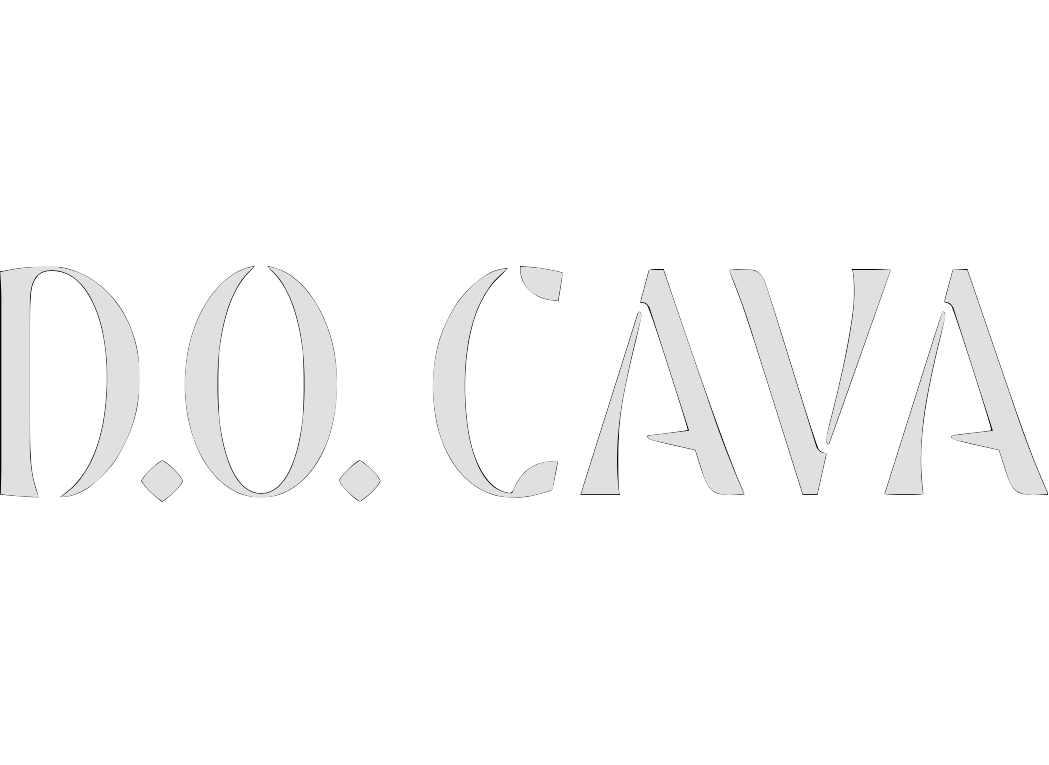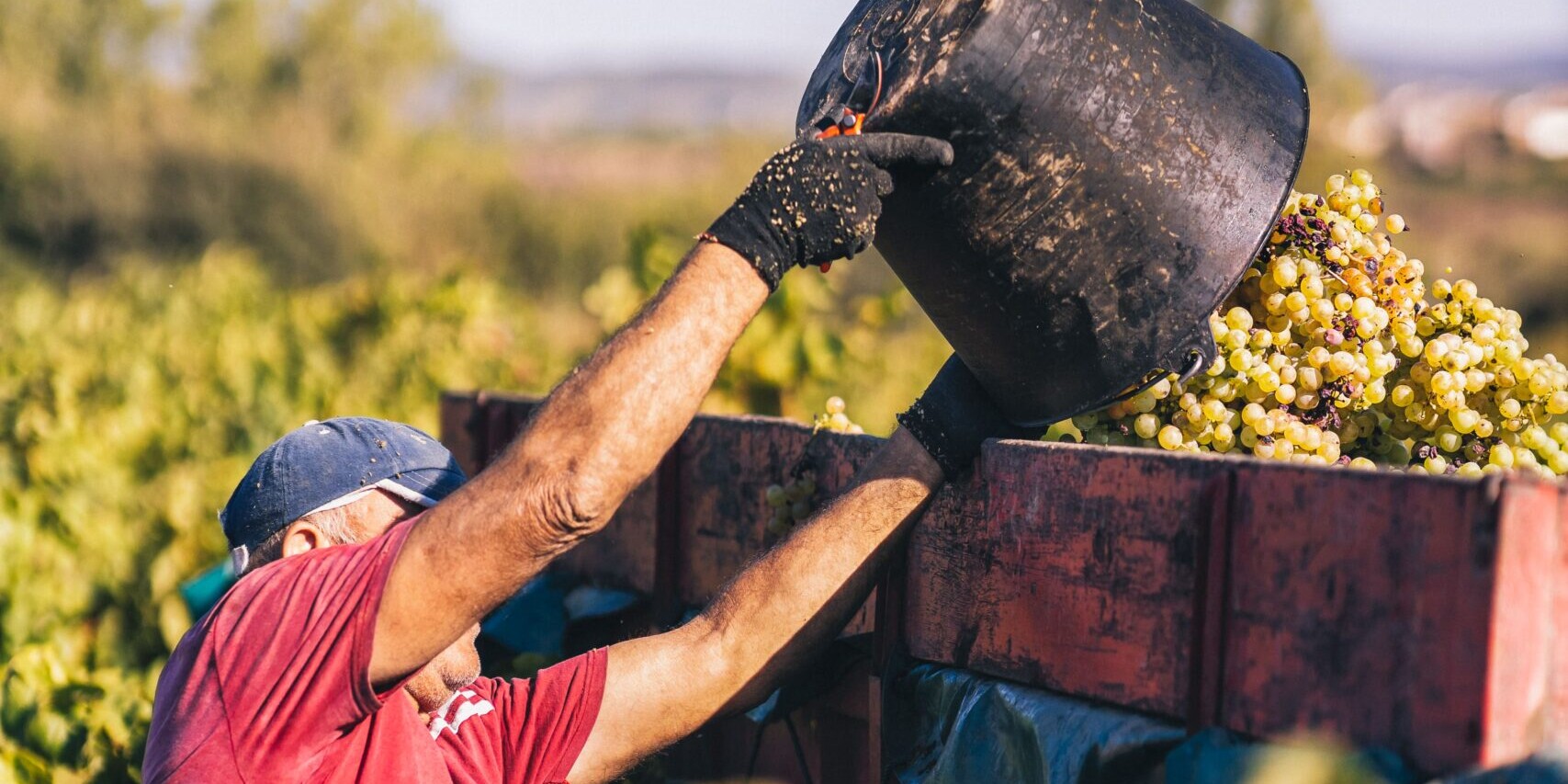
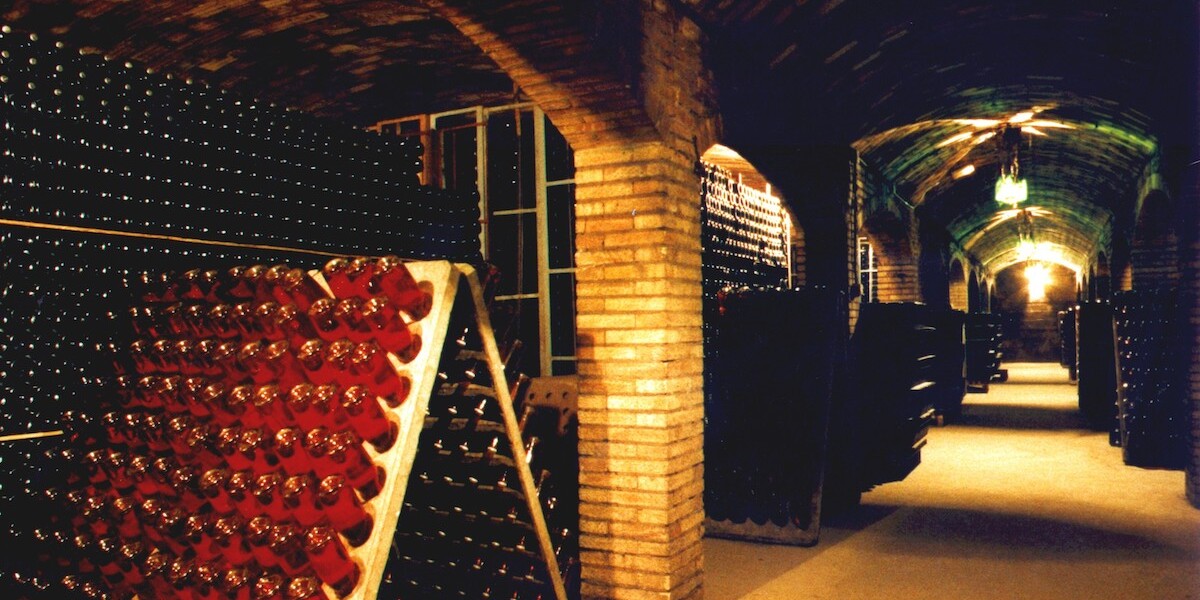
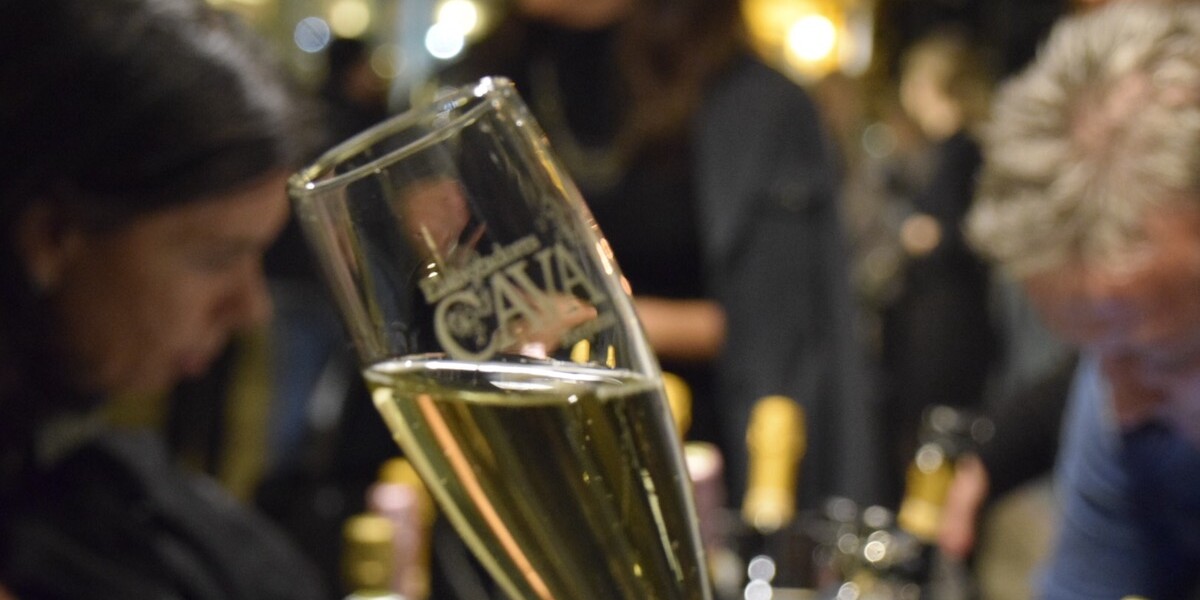
Shortly afterwards, at the beginning of the 19th century, the first sparkling wines with second fermentation in the bottle began to be produced in the peninsula, and by the middle of the century some sparkling wines began to stand out for their quality, winning medals in international competitions such as the Universal Exhibitions in Paris or Vienna.
As with other successful models in the wine sector, the phylloxera plague at the end of the 19th century acted as a booster in Spain with areas where the insect did not develop, as French producers, without wine to make champagne, had to source from the harvests of Spanish winemakers.
With the entry of the 20th century, Catalonia underwent a major restructuring of its vineyards, opting for native grapes and others grown in the area to the detriment of the typical French ones, usually with a shorter cycle, which meant that they had to be harvested in hot periods that caused problems with fermentation (at that time there was no technology for cold vinification). Later, with the end of the civil war, another vital decision for the sector arrived, since while other European countries opted for production systems based on a second fermentation in large tanks, France and Spain continued to opt for the traditional method of second fermentation in the bottle.
In 1932, regulations began to be promulgated to regulate the wine sector, which would modify the entire legal organisation with the publication of a framework law, a series of rules of lower legal status and the creation of the Regulatory Councils. The Decree of 18 April 1932 created “the system of wine designations of origin” and this Decree was supplemented by a General Statute for Wine.
The 1932 Wine Statute regulated the production system for wine products, which was the first legislative system applied to the wine sector in Spain. This Statute defines sparkling wines as “those that have carbon dioxide produced within the wine by a second alcoholic fermentation in a closed container, whether spontaneous or produced by the classic method of these productions or variants”.
But it was later, in a 1959 Order, that the first Spanish regulations on sparkling wines were enacted. It was also in this text that the word “Cava” was used for the first time in an official document, although this name does not yet have the etymology that would later make it the definition of a sparkling wine, as the term champagne (Spanish Champagne in the Anglo-Saxon market) was used, especially for export, and had to be omitted since 1960 due to a court ruling.
The incorporation of Spain to the EEC on 1st January 1986, implies the recognition of Cava as a Quality Sparkling Wine Produced in a Specified Region (V.E.C.P.R.D.), a category which groups together all the first category or maximum quality sparkling wines and which are comparable to the Designations of Origin. In short, it implies the recognition by the EEC that Cava can only be produced in the Spanish State and only within the so-called “Cava region”.
CAVA REGION
It is currently made up of 159 municipalities in seven Autonomous Communities: Catalonia (132), La Rioja (18), the Basque Country (3), Aragon (2), Navarre (2), Extremadura (1) and Valencia (1)
According to data provided by the Regulatory Council of the DO Cava, the volume of sales is around 250 million bottles, of which 150 million are distributed outside Spain (Germany, Belgium, the United Kingdom and the United States as the main destinations) and the rest in the domestic market.
In terms of vineyard area, 37,700 hectares are currently registered. The Macabeo grape variety, with 13,700 hectares, is the most widespread of the nine authorised by the Regulatory Council.
